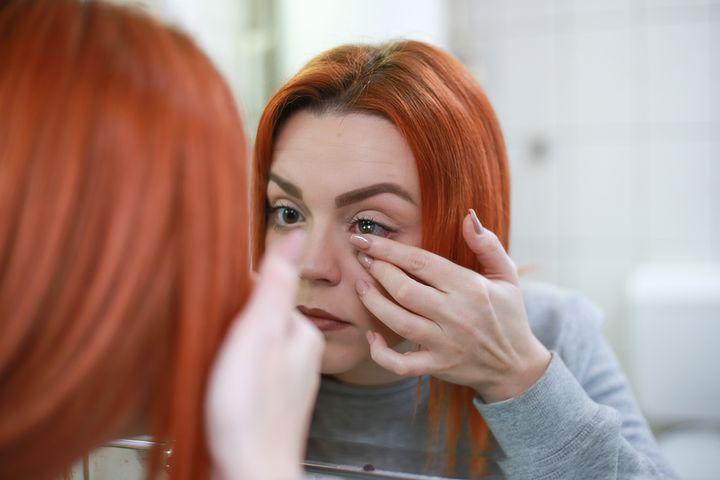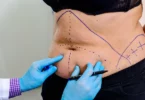According to the American Optometric Association, there are over 45 million contact lens wearers in the US. This figure is not surprising considering the many benefits contact lenses have over eyeglasses.
But don’t be in a hurry to trade your eyeglasses just yet. Here are five things that all first-time users should know before switching to contact lenses.
You’ll Need a Prescription
Like your eyeglasses, the FDA classifies corrective and decorative contact lenses as medical devices. That means you must have a valid and up-to-date prescription written by a licensed eye doctor to buy or order contact lenses. The reason for this comes down to protecting your eye health and vision.
Contact lenses are nothing like fashion sunglasses. Considering that they stay directly on the eye, these thin, plastic discs can actually cause serious eye infections, corneal ulcers, and even blindness if they are not the proper fit. You don’t want any of these.
Your journey to the perfect contact lenses starts with a trip to your doctor for a contact lens fitting. An eye test for contact lenses begins with a complete eye exam, during which the doctor inspects your eyes for pre-existing conditions that may disqualify your contact wearing. If you’re a good candidate, the doctor seeks to understand your lifestyle to guide you to the most appropriate contact lenses.
Lastly, the doctor measures your corneal curvature and pupil and iris size and assesses your tear film before writing your contact lens prescription.
It’s essential to renew your contact lens prescriptions after 1-2 years. This is because our vision naturally changes with time. Annual eye examination ensures that you wear the correct lenses for your specific needs.
Some are Soft, Others are Hard
There are two major categories of contact lenses: soft and rigid gas permeable (RGP) contacts. Soft contact lenses are made of flexible plastics combined with water for excellent oxygen permeability. These are the most popular and what most people refer to when discussing the best contact lenses.
Soft contact lenses drape nicely over the eye’s surface thanks to their flexibility, making them comfortable to wear. Also, they are easy to get used to because they create less feeling of a foreign body in the eye.
The major disadvantage of soft contact lenses is their shorter useful life, thus requiring regular replacement. For that reason, they tend to be relatively pricier than hard contacts in the long run.
Rigid gas permeable contacts, commonly known as hard contacts, are made of slightly flexible, oxygen-permeable plastics. Hard contacts are more durable than soft lenses. But their key selling point is their clearer and crisper vision.
On the downside, hard contact lenses take a little longer to adapt to because they are not as comfortable at first. This longer adaptation also makes them unfavorable for intermittent contact wearing.
Contact Lens Wearing Modality
Contact lenses fall into one of three categories in terms of wear and replacement schedule; daily disposables, daily wear, and extended wear. It’s important to adhere to the recommended contact lens wear and replacement schedule to avoid bacterial infections and other problems that could affect your vision.
Daily Disposables
Daily disposables are contact lenses designed for single use. They are commonly known as dailies or one-day contacts because you only wear them once and then throw them away at the end of the day. Benefits of daily disposables include improved hygiene, which means healthier eyes and convenience because they don’t require regular cleaning and storage.
Daily Wear
Daily wear are contacts intended to be used for more than one day before disposal. Unlike daily disposables that are thrown away after a single use, daily wear lenses are removed at night for cleaning and storage and worn again the following morning.
Depending on the make and intended use, daily wear contacts can be worn for one week, two weeks, and even a month. Most daily wear contact lenses are not meant for overnight use. However, Acuvue Oasys with 24 individual lenses per pack is among other brands that can be worn overnight.
Extended Wear
Extended wear contacts are those that are allowed for overnight wear. These lenses have a higher oxygen permeability and can be worn for up to six nights straight.
Contacts May Not Be Suitable for Everyone
There is no minimum or recommended age limit when it comes to wearing contact lenses. However, not everyone in need of vision correction can or should use contact lenses. Your optometrist will let you know whether or not you’re a good candidate after a comprehensive contact lens exam.
Dry eyes syndrome is among the leading factors that reduce people’s chances of qualifying for contact lens wear. A quality tear film is essential for keeping the lenses moist and allowing them to move fluidly around the surface of the eye. If you’re suffering from dry eyes syndrome, contact lenses may worsen the condition, causing eye irritation and scratchiness.
Severe nearsightedness is another reason contacts may not be a practical vision correction problem. Although the technology is improving every day, even the most potent contact lenses today aren’t good enough for severe nearsightedness.
You also have a low chance of qualifying for contact lens wear if you have severe allergies. Contact lenses worsen allergies because the moist surface acts as a magnet for allergens, such as dust, pollens, and spores.
There are New Habits to Adapt
- If you’re about to start wearing contact lenses, there is a list of good habits to add to your routine to keep your eyes happy and healthy;
- Always wash your hands with soap and dry them thoroughly using a lint-free cloth before handling or touching your lenses.
- Never use water to clean, rinse or lubricate your contact lenses. Always use the recommended lens solution.
- Never overwear your contact lenses.
- Always clean and disinfect your contacts every day unless you use daily disposables. Although extended wear contacts don’t need to be cleaned daily, cleaning them at least once weekly will help reduce deposit buildup.
- Avoid sleeping while wearing your contact lenses. Even if you’re using extended wear contacts that allow overnight wearing, removing them before bed allows your eyes to breathe, thus maintaining their health.








